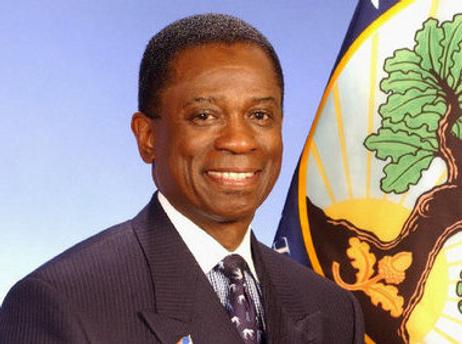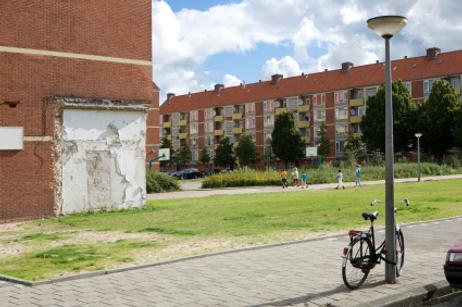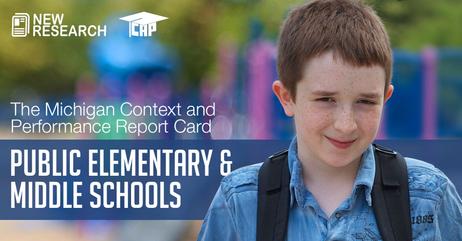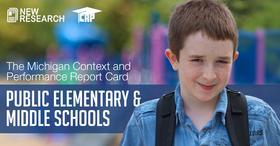Detroit Public Schools have been struggling with a myriad of problems for many years, from budget woes to dismal graduation rates. In 2009, the district was subjected to a state takeover, which resulted in the appointment of an emergency manager to turn the failing school district around. Recently, the third emergency manager was appointed to the beleaguered district, with ideas for a turnaround that incorporate both old and new concepts.
Introducing Jack Martin
The Blade reports that Michigan Governor Rick Snyder recently announced the appointment of Jack Martin to the post of an emergency manager for Detroit Public Schools. Martin boasts an impressive resume, serving as both the CFO for the U.S. Department of Education and more recently, as the chief financial officer for the city of Detroit. He has also run his own accounting firm and served under three U.S. presidents in various posts.
A product of DPS himself (he went to both Thurgood Marshal Elementary and Cass Technical High School), Martin has firsthand knowledge of the public education environment in the city. He also has a personal stake in seeing his own school system succeed. To that end, Martin brings in plenty of ideas for transforming Detroit schools into the bustling halls of academia they once were.
“The opportunity will allow me to continue offering leadership and making a positive impact in the Detroit community,” Martin was reported as saying on NBC News. “Fixing education in Detroit



















